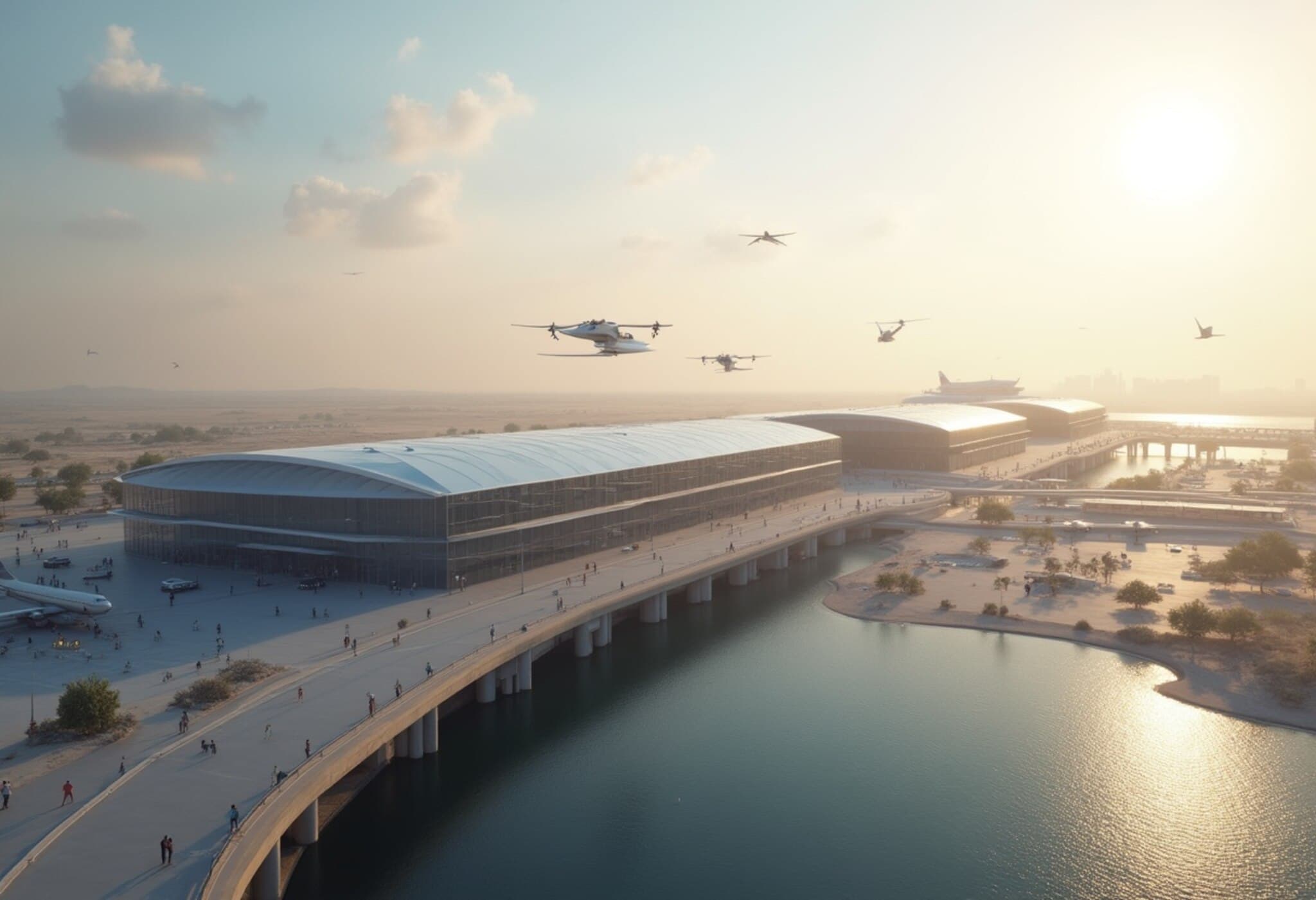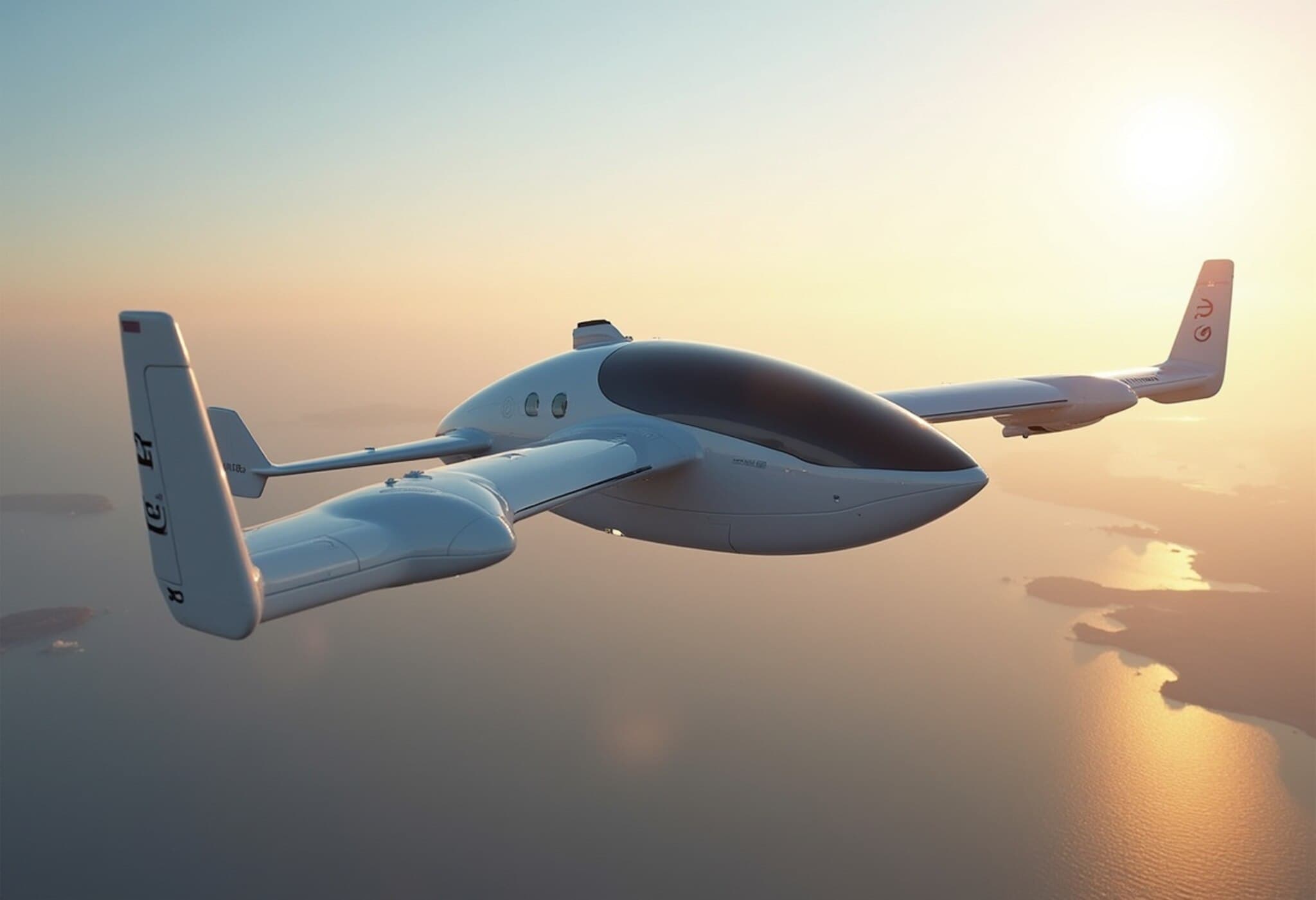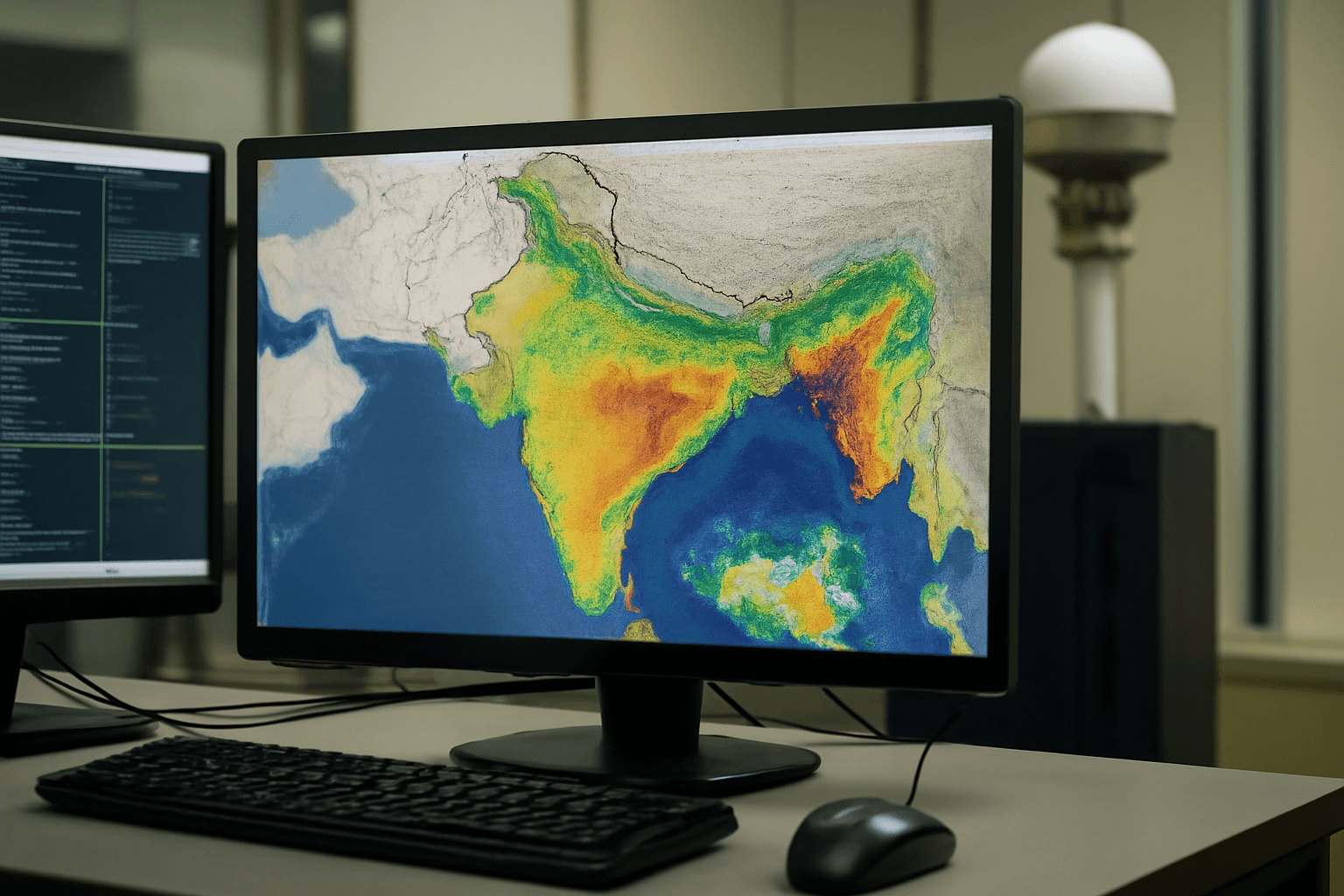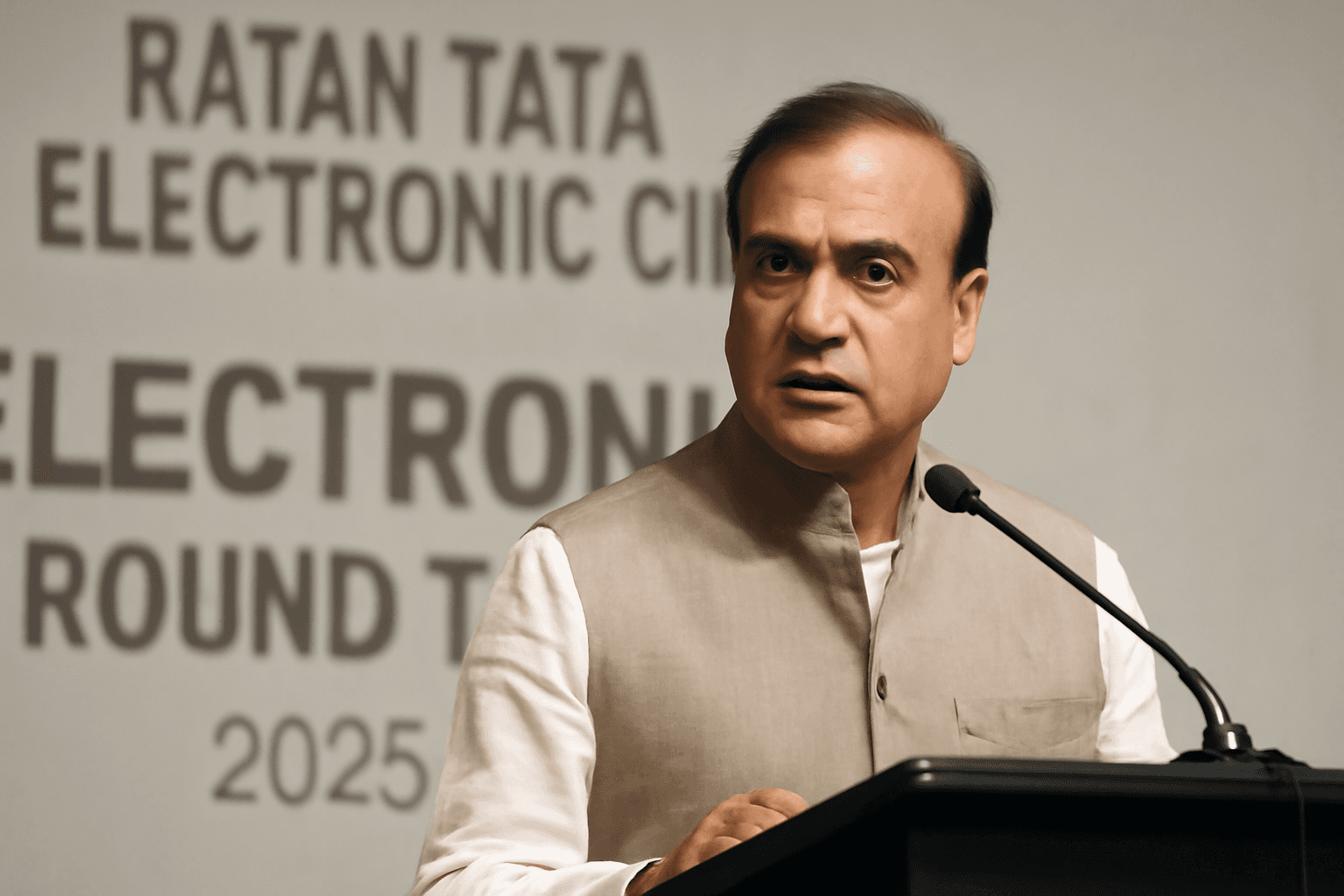Dubai’s First Vertiport at International Airport Readies for Flying Taxi Service
Dubai is accelerating its vision to transform urban mobility, with the first vertiport at Dubai International Airport (DXB) slated for completion by early 2026. This critical infrastructure will pioneer the region’s commercial flying taxi operations, a futuristic service designed to ease city congestion and introduce a new era of air travel.
What Is a Vertiport and Why Dubai?
A vertiport is a specialized infrastructure for electric vertical takeoff and landing (eVTOL) aircraft, functioning similarly to airports but optimized for ultra-efficient, compact air taxis. Dubai, a global hub of innovation, is establishing itself as a front-runner in this space by integrating vertiports at strategic urban nodes.
Alongside DXB, three additional vertiports will be constructed in Palm Jumeirah, Dubai Downtown, and Dubai Marina as part of the initial rollout phase, facilitating seamless aerial connectivity across the metropolis.
Joby Aviation Leading the Charge
California-based Joby Aviation, a leader in eVTOL technology, is collaborating closely with the Dubai Roads and Transport Authority (RTA) and Skyports to develop the vertiport network. Their recent quarterly report highlighted that the DXB vertiport is designed to support concurrent aircraft movements and rapid passenger handling, underscoring its role as a flagship facility.
Early Flight Trials Confirm Readiness
In the summer of 2025, Joby Aviation undertook a rigorous testing campaign in Dubai, completing 21 full-transition piloted flights over several weeks. These trials validated not only the technological reliability of the aircraft but also tested maintenance, logistics, infrastructure, and regulatory frameworks in real-world conditions.
This phased testing is essential to ensure operational safety and smooth regulatory alignment, marking a milestone toward the 2026 commercial launch.
Regional Impacts and Broader Context
Dubai aims to become the world’s first city with an operational air taxi service, setting a benchmark for urban air mobility globally. Neighboring Abu Dhabi is also advancing its air taxi initiatives, collaborating with manufacturers like Archer Aviation to introduce similar services.
The adoption of flying taxis goes beyond novelty; it represents a strategic response to persistent urban traffic woes and environmental concerns, leveraging electric propulsion to reduce emissions and travel times dramatically.
Expert Insight: Navigating the Challenges Ahead
Experts emphasize that while technology development is accelerating, the biggest hurdles remain in urban airspace management, public acceptance, and integrating these new transport modes with existing systems. Dubai’s proactive regulatory engagement, as noted by Joby Aviation, is a critical success factor that other cities will need to emulate to replicate similar outcomes.
Looking Forward: What’s Next for Flying Taxis?
- Vertiport completion at key urban sites throughout 2026
- Expanded pilot trials incorporating passenger services and daily operation routines
- Continued coordination with aviation authorities to scale operations safely
- Public awareness campaigns to build trust and familiarize residents with this new mode of transit
As Dubai prepares to launch this cutting-edge transport solution, the world watches closely to see how flying taxis will redefine urban life and mobility.
Editor’s Note
Dubai’s ambitious plan to operationalize flying taxis is a fascinating glimpse into the future of urban transport, blending innovation with sustainability. While the excitement is justified, it equally invites critical conversations on safety, affordability, and integration. How will these aerial services complement traditional public transport? What measures ensure equitable access? These questions remain vital as cities worldwide consider adopting similar technologies.














